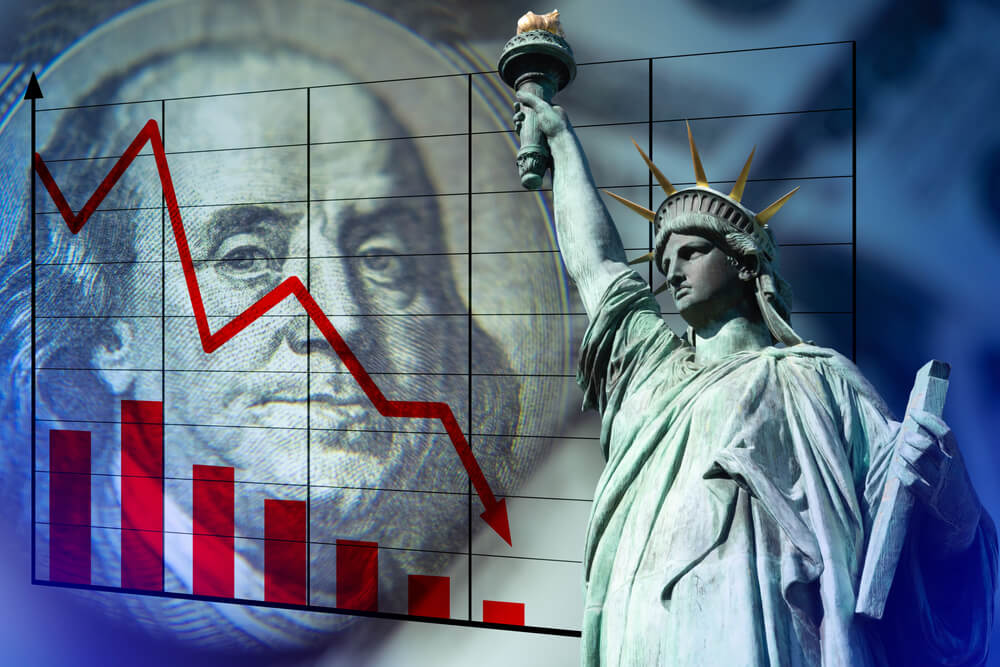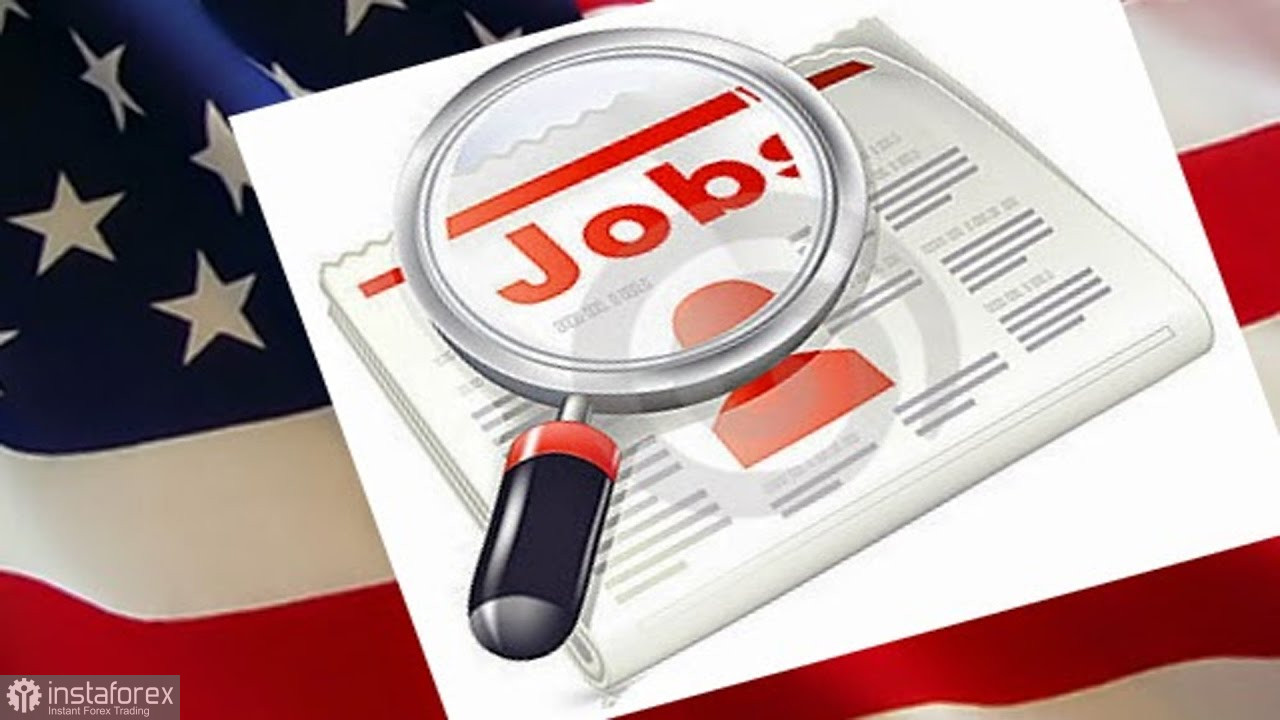Introduction:
As the US economy faces the pressures of persistent inflation and a series of interest rate hikes by the Federal Reserve, the labor market has shown remarkable resilience. Despite concerns about the state of the economy, economists expect the monthly jobs report from the Bureau of Labor Statistics to reveal a net gain of 190,000 jobs for May. While this represents a decline from April’s robust job growth, it still exceeds the average monthly gains observed before the pandemic. This article explores the current state of the labor market, the factors driving its strength, and the potential implications for the overall economy.
Sustained Job Growth:
Despite challenges in the economy, the labor market has continued to expand. Economists anticipate a net gain of 190,000 jobs for May, slightly lower than April’s figures but still reflecting healthy growth. Private sector employment also increased by 278,000 jobs, according to ADP’s National Employment Report. The strength of the labor market has defied expectations, with job creation persisting despite rising interest rates, financial uncertainties, and ongoing debt ceiling negotiations. This resilience can be attributed to factors such as sustained consumer spending and robust demand for goods and services.
Consumer Spending and Labor Market Interdependence:
Consumer spending and the labor market have developed a symbiotic relationship, with each reinforcing the other’s strength. A recent Commerce Department report highlighted an increase in consumer spending, coinciding with the Federal Reserve’s preferred inflation gauge. Economists credit the labor market’s stability and consumers’ financial preparedness, stemming from home refinances and temporary suspension of student loan payments. Consequently, businesses have remained busy, leading to a continued need for hiring to meet demand. Although concerns of an impending recession persist, companies are motivated to maintain staffing levels to ensure smooth operations and meet consumer demands.
Diminishing Labor Shortages:
While labor shortages were once a significant concern, they have become less acute. The decline in staffing shortages has resulted in improved services and fewer disruptions, such as a lower number of flight cancellations. However, this positive development has come at a cost—the decline in worker and job seeker leverage. The balance has shifted in favor of employers, allowing them to be more selective in hiring decisions. Labor turnover data from April indicates a tight employment market, with job openings exceeding economists’ expectations. Although fewer individuals voluntarily quit their jobs, layoffs and discharges also decreased, signaling employers’ preference to retain their workforce.
Mixed Signals for the Economy:

While the labor market has demonstrated resilience, there are mixed signals regarding the overall state of the economy. Traditional recession indicators, such as layoff announcements, falling consumer confidence, and declines in leading economic indices, have raised concerns. However, economists believe that the decline in these indicators merely reflects a return to pre-pandemic norms rather than a contraction or recession. The job gains, while experiencing a slowdown, have not completely tapered off. The future trajectory of the economy remains uncertain, with conflicting signs indicating either a return to pre-pandemic form or a potential downturn.
Conclusion:
The US labor market has proven resilient despite the challenges posed by rising inflation and economic pressures. Economists expect the monthly jobs report to reveal solid job gains, reflecting the labor market’s ongoing strength. The interdependence between consumer spending and the labor market has played a crucial role in sustaining growth. While concerns about a potential downturn persist, indicators suggest that the current economic environment represents a return to pre-pandemic norms rather than a contraction. Continued monitoring of the labor market and broader economic trends will be essential in assessing the future trajectory of the US economy.
©world-news.biz
